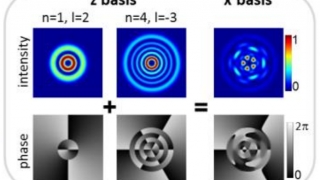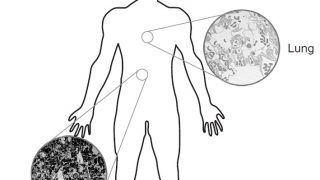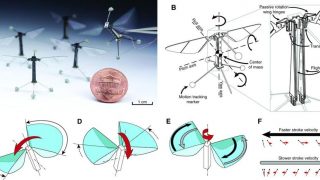
Saturn’s extreme weather in the computer
Saturn is truly a weird place. Apart from having quite a peculiar thermal history and one of the most interesting satellites in the Solar System, this planet displays arguably the most fascinating meteorological phenomenon ever seen. Suppose for a moment that next spring a storm raises in your hometown. Nothing unusual to care about, probably […]








